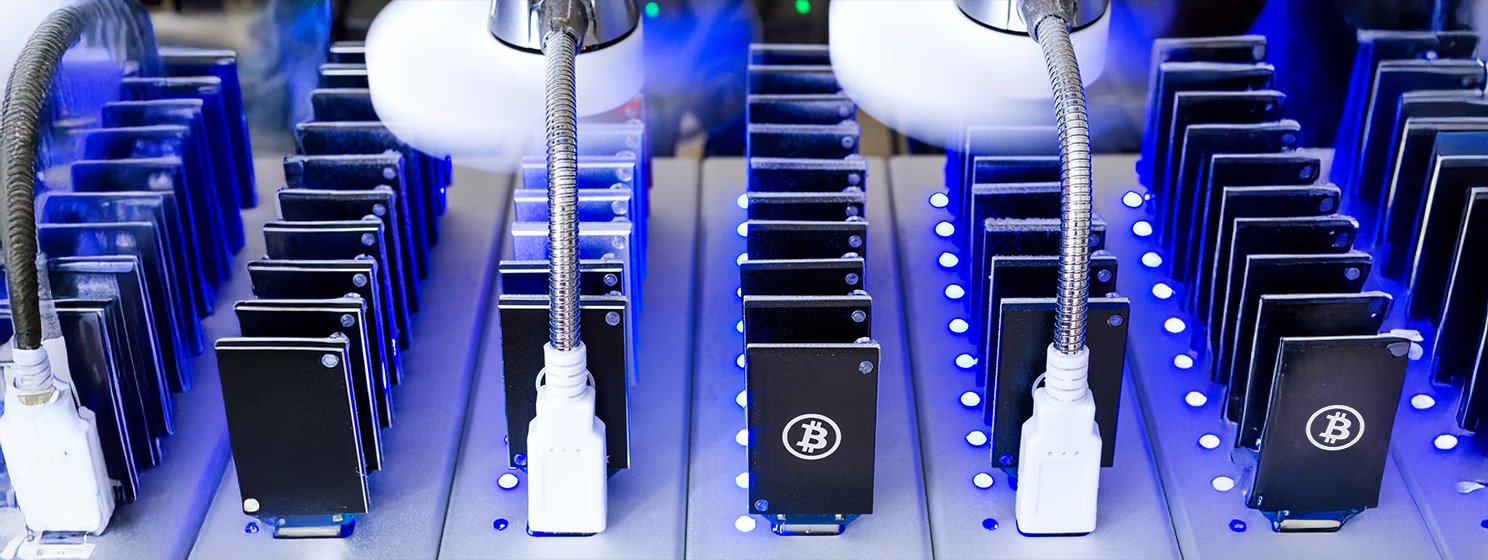|
Getting your Trinity Audio player ready...
|
The French central bank has announced the successful completion of a central bank digital currency experiment. The trial involved using the CBDC to simulate the settlement of listed securities in a test environment. Banque de France partnered with Swiss bank SEBA as well as two Luxembourg institutions.
The French regulator conducted the experiment on June 18, it confirmed in a press release. This was part of a larger CBDC trial it launched in March 2020.
In this experiment, Banque de France used the CBDC to simulate the settlement of the listed securities, triggering their delivery in the test environment. This was possible thanks to the conditional securities delivery feature in the TARGET2-Securities (T2S) platform, the bank claimed. T2S is a European securities settlement engine developed by the European Central Bank.
The bank collaborated with SEBA, Banque Internationale à Luxembourg, the oldest private bank in Luxembourg and the Luxembourg central securities depository (LuxCSD).
Banque de France simulated CBDC issuance on a public blockchain, by preserving control and confidentiality of the transactions, based on a smart contract. SEBA purchased securities from the Banque Internationale à Luxembourg, with LuxCSD managing the post-trade settlement.
Nathalie Aufauvre, the director general of financial stability and operations at the French central bank believes that the experiment marks a milestone in the fusion of the traditional and modern banking systems.
He remarked, “This experiment has made it possible to demonstrate the possibilities of interactions between conventional infrastructures and distributed infrastructures and paves the way for other alliances with the objective of taking advantage of the opportunities offered by financial assets in a blockchain environment.”
The Central Bank of Luxembourg rendered its support to the experiment. Serge Munten, the head of operations at the bank believes that as payments evolve, central banks must keep up. “It was only natural for us to participate in this experiment, which might determine the future of the Central Bank Digital Currency in the eurosystem,” he remarked.
LuxCSD, which managed the post-trade settlement, also expressed its commitment towards digitalization, especially the adoption of emerging technology such as DLT.
Marco Caligaris, the LuxCSD CEO commented, “Connecting new technology, such as DLT, with existing infrastructure is crucial to offer optimal services for the market. By joining forces, the industry can develop sustainable solutions that not only work today but lay a strong foundation for the future.”
SEBA has continued to champion the fusion of digital currencies with the traditional financial systems. At the recent CoinGeek Zurich, the bank’s head of trading and credit platforms Urs Bernegger joined a panel that discussed blockchain’s potential to better the legacy banking systems.
He told the audience, “SEBA tried to build a bridge because we experienced banking issues when dealing with cryptos, so we looked to build a bank that understands the crypto-world. On the other hand, we wanted to build a bank for traditional bankers and institutions to have a regulated gateway into the crypto world.”
To learn more about central bank digital currencies and some of the design decisions that need to be considered when creating and launching it, read nChain’s CBDC playbook.
Watch: CoinGeek Zurich panel, Digital Technology and the Future of Banking & Financial Services

 01-02-2026
01-02-2026 




